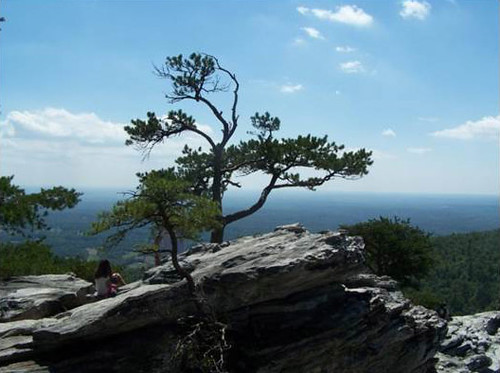
Trees are often referred to as the lungs of the earth, providing not only the oxygen we need to breathe but a filter to clean our air and water. Trees from forested lands provide timber for our homes, food for people and wildlife, protection from weather extremes and, in urban and rural settings, beautify cities and landscapes alike.
As the largest steward of forested lands in the nation, the U.S. Forest Service works to protect and enhance forest resources not only on National Forests, but on all the Nation’s forests. Our agency puts a lot of effort into safeguarding trees where they grow, but trees are increasingly at risk from fire, changes in climate, insects, diseases and development.
The Forest Health program focuses on collecting seeds and other plant materials and storing them at secure sites away from these risks. The goal of the program is to obtain seeds and other plant materials to represent the genetic diversity of trees at risk from a myriad of threats both natural and manmade.
Since 2010, the Forest Service has worked in this way to conserve the genetic variation of over 20 at-risk forest tree species including whitebark pine, bristlecone pine, Atlantic white cedar and western cypress.
We do this by observing, collecting, and conserving the major natural differences that occur in a species. Because trees, like snowflakes never look or behave exactly the same. This genetic diversity is important because it allows trees to adapt to changing conditions and stresses. Not only do we see differences between tree species, but it is evident within species as well.
For instance have you noticed that some trees always have brilliant fall colors while others do not? Or the differences you see in form and growth rate of the different varieties available at your local nursery?
We want the seeds we store to represent these and other important differences such as tolerance to insects and diseases, drought and heat. These seeds, and other plant materials, will be stored for a long time in vault-like environments so they are available in case of emergencies. In this way we will ensure that we have rich and diverse forests for generations to come.


